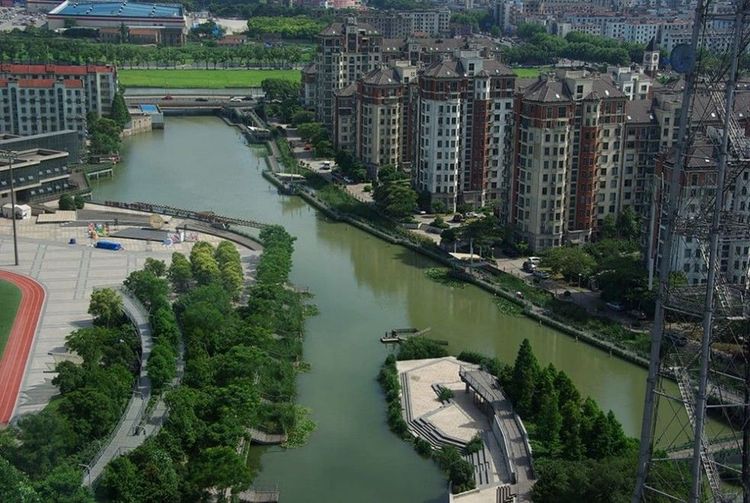Contributed by Tayyaba Noor, IHE Delft, Jianbin Wang, CRC Water Sensitive Cities
City of Kunshan- A sponge city vision
Kunshan, a city in the north-west of Shanghai, China, that inhabits more than 1.6 million people, is one of the most economically successful county-level administrations in the Jiangsu Province. Kunshan with its complex landscape is a “Water city” that has more than 100 polders and over 1000 km of waterways connected via pumps and gates.
